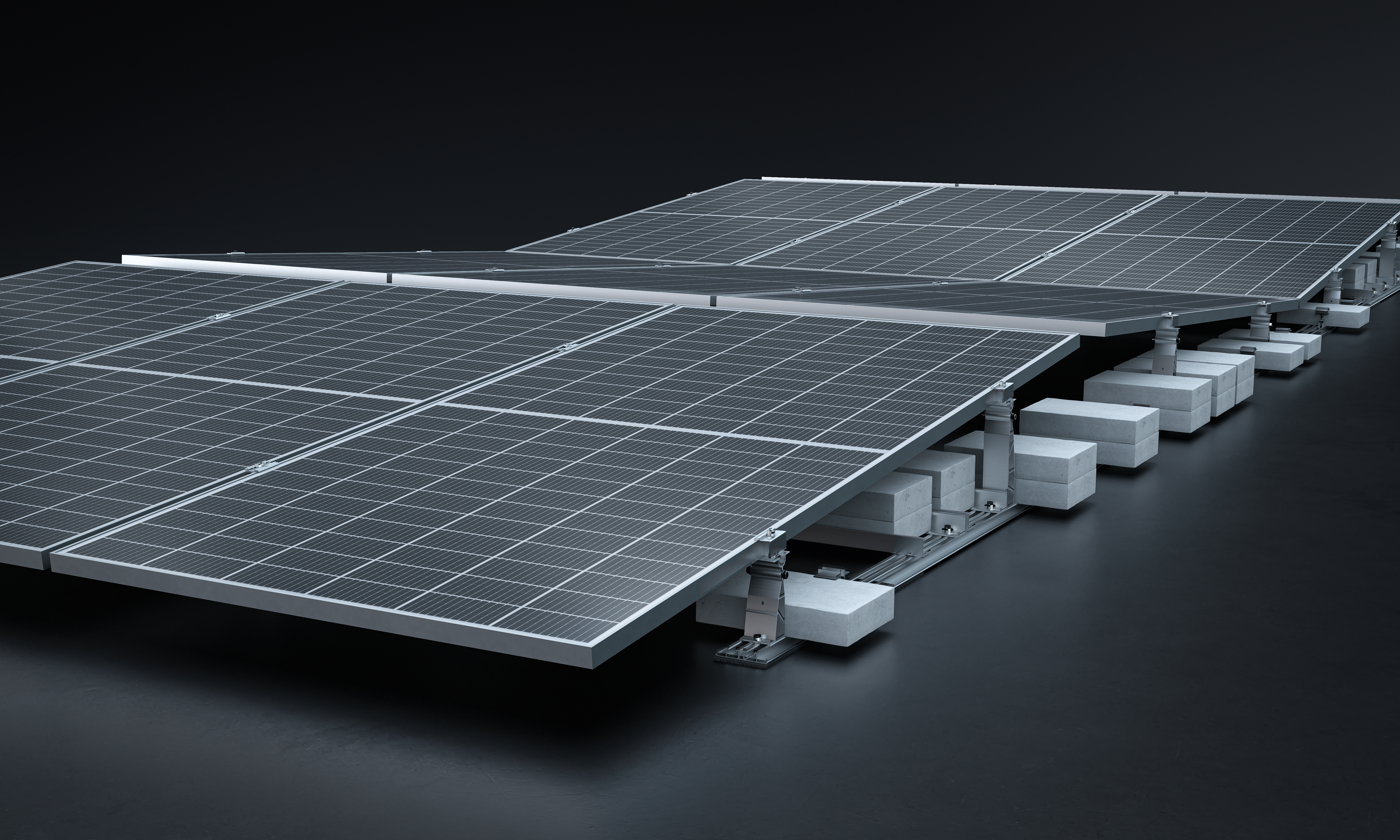If planners and installers do not install PV systems correctly and cause damage as a result, they can be personally liable. Many of them are not really even aware of their responsibility. European Construction Products Regulation 305-2011 sets the guidelines for most construction products, but there’s no clear standard for PV systems on flat roofs. Instead, the EN 1090 standard is used, which covers the manufacture and installation of steel and aluminium structures. However, as the CE labeling alone is not sufficient for installers to pass on liability, they must provide a structural analysis certificate and ensure proper installation following the installation instructions and any ballasting plans. AEROCOMPACT, with its leading design software AEROTOOL, supports PV system planners and installers with best-in class planning. Its ongoing training programs make sure planners and installers are up to speed on all safety requirements.
Planners and installers of photovoltaic systems have a critical responsibility to ensure the safe installation and operation of these systems. The consequences of failing to meet these responsibilities can be severe, with the potential for both civil and criminal liability. If proper components aren’t used, or if installation guidelines are not followed accurately, the risks increase substantially.
In the case of PV systems, especially those installed on rooftops, any negligence can result in severe consequences. If modules or other components are not secured properly, they can fall, leading to significant property damage and, more alarmingly, personal injury. To mitigate these risks, installers must adhere to strict guidelines and industry standards. This includes ensuring that all components are certified and comply with relevant safety regulations, conducting thorough structural analyses, and following all installation instructions. Properly training personnel in safety practices, including fall protection and lightning protection, is also crucial to prevent accidents.



























